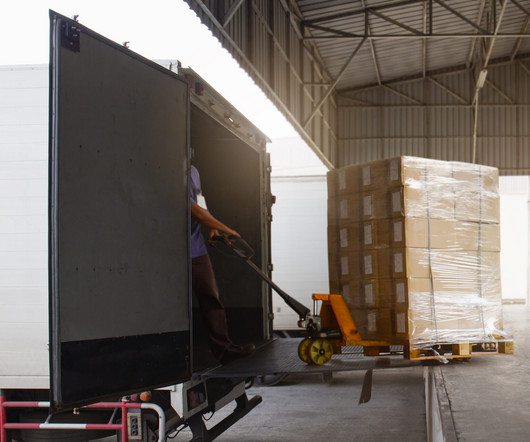Why optimize your warehouse with a data lakehouse strategy
IBM Supply Chain Blog
APRIL 25, 2023
To do so, Presto and Spark need to readily work with existing and modern data warehouse infrastructures. Now, let’s chat about why data warehouse optimization is a key value of a data lakehouse strategy. Essentially, they want to run the right workloads in the right environment without having to copy datasets excessively.












Let's personalize your content